
Start up
Passion. Potential. Pitches. Don't miss any of the 2025 New Venture Challenge excitement.
Tune in Friday, April 11 at 1 p.m. for great ideas and fierce competition. Then, join the judges, mentors, spectators and teams as they see who is going home with thousands of dollars in venture financing. The awards broadcast begins at 6:30 p.m. and one team will walk away as the overall best venture.
Central Michigan University’s College of Business Administration is the home of the Isabella Bank Institute for Entrepreneurship and the first Department of Entrepreneurship in the state of Michigan. We are a student-centric hub where experiential, curricular, and external entrepreneurial opportunities intersect.
Our mission is to maximize student success by fostering a campus-wide entrepreneurial mindset that promotes inter-disciplinary collaboration and the creation of new ventures.
We aim to create innovative programming, boost cross-campus and ecosystem collaboration and provide a comprehensive mentoring program.
Our institute provides extracurricular opportunities and is open to all undergraduate and graduate CMU students.
Are you interested in becoming an entrepreneur?
Every journey is unique. Explore the opportunities that interest you.
How many engineers does it take to save energy?
It might sound like the beginning of a joke, but for DTE Energy, the answer is six senior Central Michigan University engineering and technology students. The punchline is that saving energy saves money.
The newly graduated seniors from several majors were part of the second yearlong engineering project that faculty member Kumar Yelamarthi has put together with DTE.
“You realize that you are capable of doing the job and that we all have the brains to make something useful.” — McKay Matheson, mechanical engineering graduate
The students' mission was to accurately measure the efficiency of 200,000 solar panels in the company's park in Lapeer, Michigan.
They did so well, DTE has another related challenge for a new group of students, beginning this summer.
These projects are fuel for student growth.
"The challenge was really intimidating, coming into it with just having had coursework and an unrelated internship," said McKay Matheson, of Bettendorf, Iowa, a mechanical engineering graduate who has landed a job with automotive supplier Faurecia.
But having five teammates from multiple engineering disciplines and ready faculty members helped lift her confidence, she said.
"You realize that you are capable of doing the job and that we all have the brains to make something useful."
The students collaborated in gathering a multitude of data, such as the panels' historical output, their angle to the sun, and their size.
They then used commercial software and input their data and historical weather data from NASA to determine how much energy DTE could have generated over a period of time. DTE compared its own data with the students' and found that the two were very close.
DTE was happy with that and decided not only to start using the student-designed measurement tool but also to help them improve it, Yelamarthi said.
This project is important because you cannot store energy for very long, he said. You have to continually distribute it as it is generated or very soon afterward.
The benefit for DTE and other solar companies, he said, is if they can accurately predict how much energy their solar panels can produce, and they know the market demand, they will be able to distribute the power into different grids to meet the demand.
"This software tool will be a huge asset to our team as we forecast daily solar generation across our arrays," said Anthony Morabito, DTE's renewable energy operations supervisor. He manages solar portfolio operations and maintenance and is responsible for deploying the students' software.
"We're always glad to participate in teaching partnerships like this but especially appreciate it when the results directly impact our business and productivity. We're thankful for all of the hard work the students put into creating this software."
To advance the project, this summer DTE will install near the Engineering and Technology Building a custom picnic table outfitted with solar-powered docks for phones and laptops. The system's real-time data will help next year's ET students refine their energy prediction tool to as near to perfection as possible, Yelamarthi said.
“When we get them out of their silos, the walls come down and we create great things.” — Kumar Yelamarthi
In the process, the new team will learn the same soft skills as did the just-graduated students.
"This project helps you learn to respect the skills of, and to collaborate with, people in other majors," Matheson said.
"There is a stereotype that engineers don't know how to work with other people, but we have proved to ourselves and everyone else that we are capable of collaborating and communicating and showing more than just our brains."
Another benefit of the project is learning how things work in the real world, she said.
In school, there is always a definitive answer, and you know you are going to get to the answer one way or another, she said. But a project like this is more challenging because it is more open-ended.
"You have to be patient and understand that things change, and that's how the real world works."
Nicholas Polega agrees.
The electrical engineering graduate from Port Austin, Michigan, said the experience showed him that adaptability is an important skill for an engineer. He has a job lined up with engineering firm Peter Basso Associates Inc. in Troy, Michigan.
DTE is not the first company that Yelamarthi has built working relationships with. His faculty colleagues and his students have worked or are working with the likes of Ford Motor Co., Nexteer, Morbark and Vantage Plastics.
"Companies like Nexteer come up to us and say, 'This is a problem we have, can you help us find a solution because our other engineers are tied up with other projects'," he said.
They then build a team of students.
For example, Nexteer wanted to eliminate wire harnesses used to test vibrations near automobile steering columns. Their engineers had been putting sensors on parts of the steering column and having to rewire for every test.
The company contacted CMU to design a wireless system of attachable modules. Yelemarthi put together a team that built a wireless data acquisition system.
In the past, a CMU team also created for Nexteer a robot to give visitors audiovisual tours around its plant.
"It's great experience for our students, learning how to work across disciplines to come up with innovative solutions to problems," he said. "When we get them out of their silos, the walls come down and we create great things."
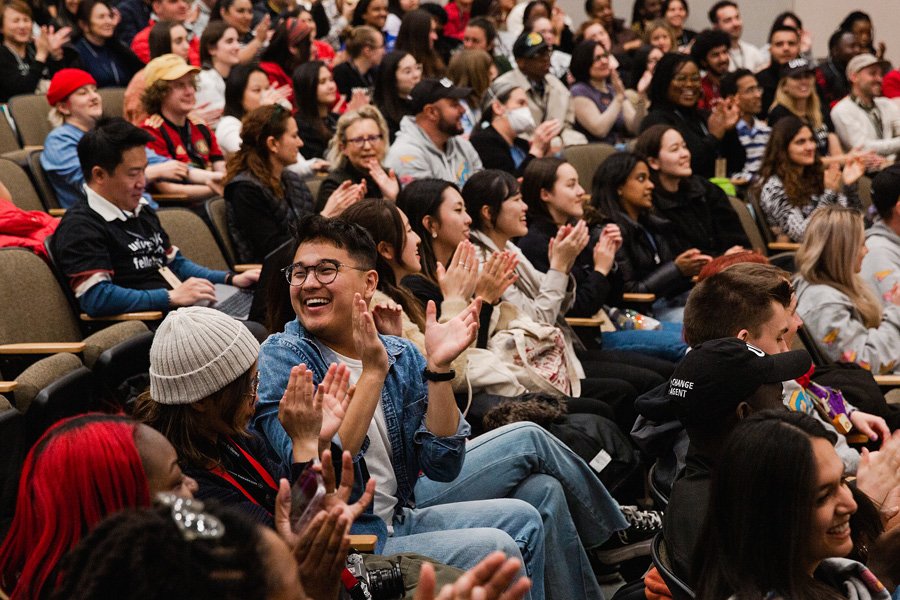
Explore special opportunities to learn new skills and travel the world.
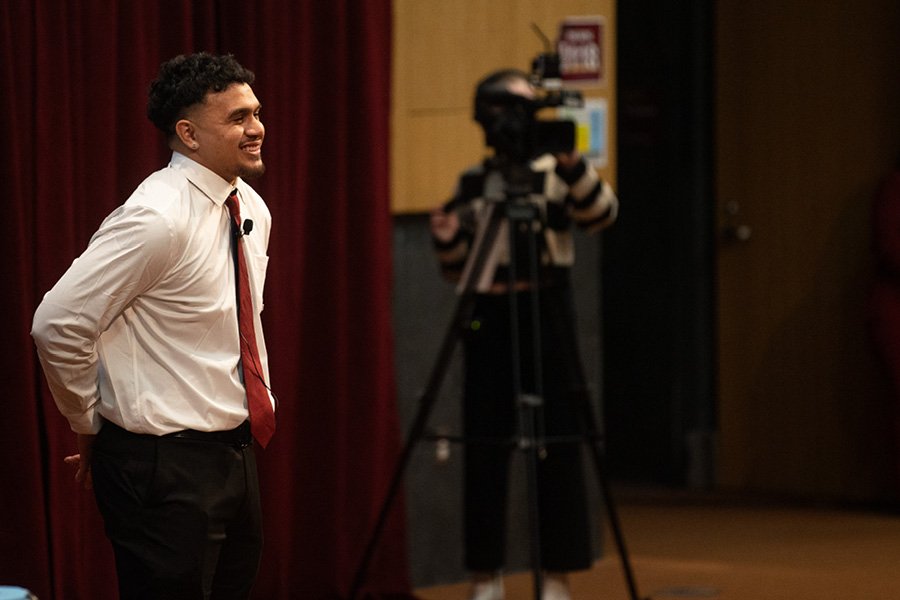
Present your venture and win BIG at the New Venture Challenge.
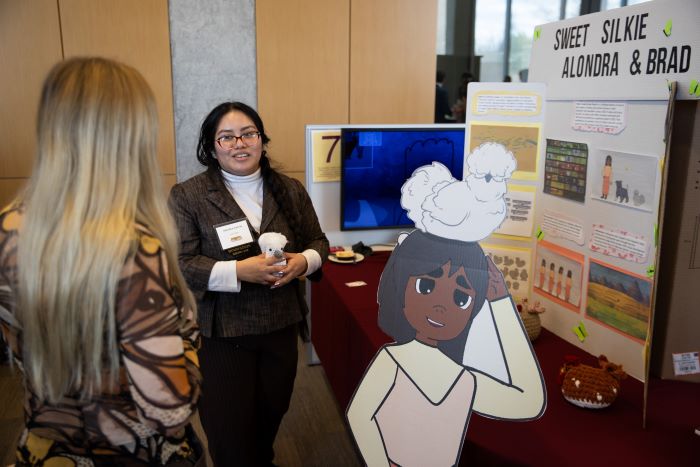
Boost your entrepreneurial skills through our workshops, mentor meetups and pitch competitions.

Learn about the entrepreneurship makerspace on campus in Grawn Hall.

Present a 2-minute pitch at the Make-A-Pitch Competition and you could win prizes and bragging rights!
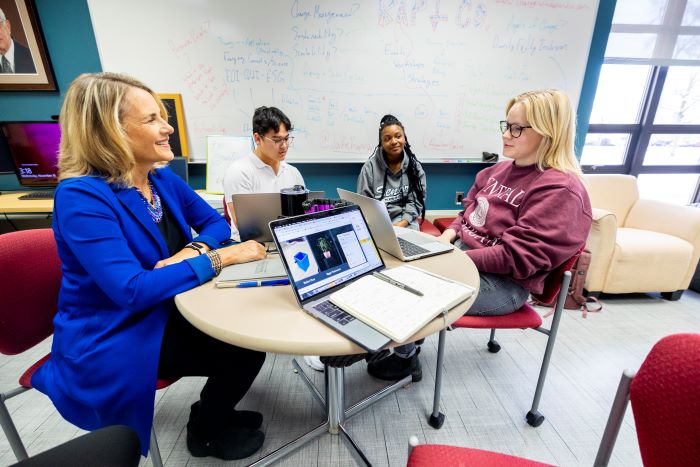
Connect with mentors and faculty who are here to support the next generation of CMU entrepreneurs.
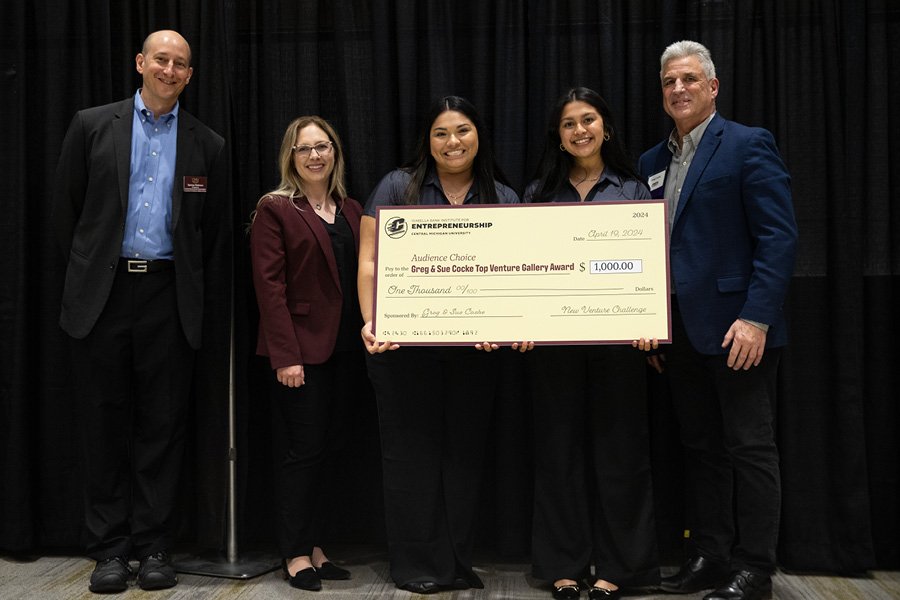
Are you a CMU alum looking to support CMU student entrepreneurs? Learn how you can support or donate to the Entrepreneurship Institute.